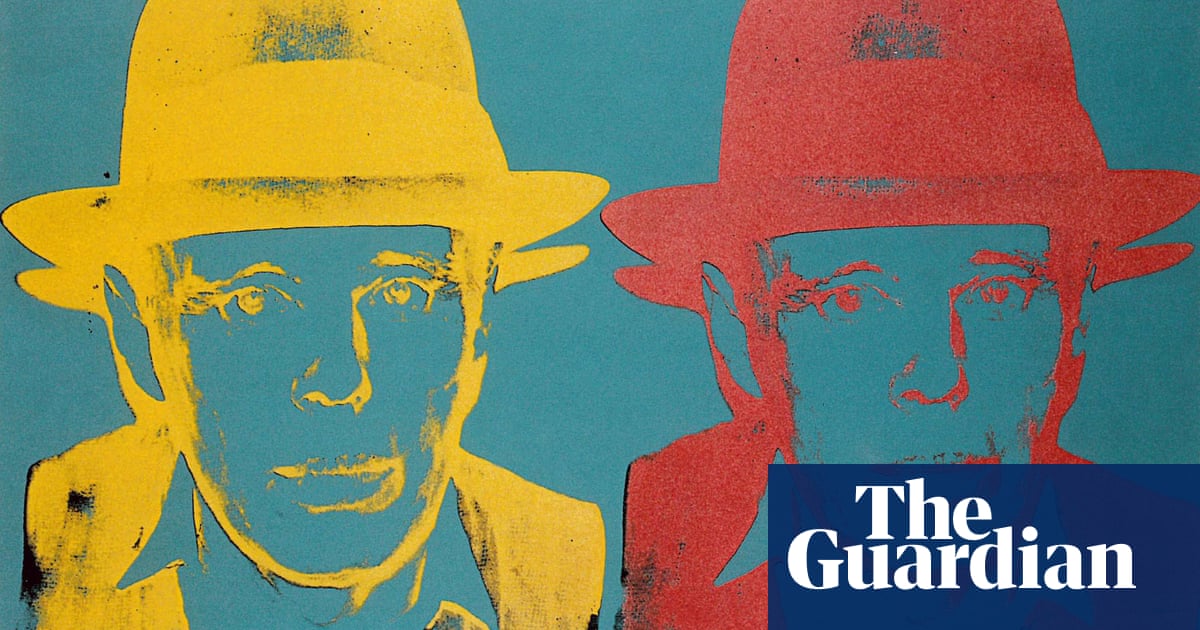
The new exhibition at London’s Fashion and Textile Museum, Beautiful People: The Boutique in 1960s Counterculture, might have been 15 years in the making but it is, as head of exhibitions Dennis Nothdruft, says “timely”. The 1960s – a decade so mined for retro references that it has become the stuff of costume parties – is once again in vogue.
At Prada’s first physical show since the pandemic, the big newswas the return of the miniskirt, that classic sixties shape so associated with London designer Mary Quant. Minis have also been seen at Versace and Max Mara – and worn by celebrities including Jennifer Lopez, Selena Gomez and Adele. Last week in Paris, Maria Grazia Chuiri’s show for Christian Dior harked back to the brand’s 60s designer Marc Bohan, with miniskirts and pop colours dominating.
The 60s influence is present in culture too – from the BBC’s new drama Ridley Road to the cinema with Todd Haynes’s Velvet Underground documentary imminent, and in music, with the Rolling Stones once again on tour, and Harry Styles an icon of the retro look. While Gen Z have recently focused around the Y2K style from the millennium, it seems like the 60s is the decade that fashion, culture and style still can’t get over.
Beautiful People focuses on a specific period in the second half of the decade, and the vibrant scene in London boutiques. There are displays with the designs sold in stores including Biba, the Beatles’s short-lived Apple boutique, Granny Takes A Trip, Hung on You, and Mr Fish, where Mick Jagger found the dress (actually a long shirt) that he wore for a gig in Hyde Park in 1969. Rock gods are a theme – there are pieces worn by Jagger, Keith Richards and Jimi Hendrix, as well as items by designers including Mr Freedom, Thea Porter and Bill Gibb.
Depending on the visitor’s age and life story, Beautiful People will either be a Proustian experience, or a history lesson in a blossoming of youth culture. Perhaps one reason the decade remains so prominent more than 50 years on is because if we now automatically look to youth as trendsetters the 60s – the “youthquake” – was perhaps the first time this happened in earnest.
“We were very old. We were 24,” joked Barbara Hulanicki, who founded Biba in 1963 with her husband Stephen Fitz-Simon and went on to dress young women in miniskirts, knee-high boots and vibrant prints. Her clientele were teenagers who had escaped from disapproving parents. “They all had jobs typing … and they came to live in London. There was all the music happening. It was amazing. And everybody was starting out too, so there were no grandiose grande dames or things like that,”she said.
Nothdruft says that we connect with the late 60s ideas of “finding oneself”, and how this transferred into what people wore in a widespread way for the first time: “People allowed their personalities to be expressed in clothing, so it was an era of self-expression. People still relate to it. A certain part of us wants to feel that we could do that.”
Perhaps another part of the perennial appeal is how many modern ideas can be traced back to this era. Cleo Butterfield from C20 Vintage, who co-curated the exhibition, points to designers either using vintage pieces found on markets, or repurposing interior fabrics like that used for bedspreads.
“It’s the beginning of upcycling,” she said. “You wouldn’t get rid of things from the past, you would reuse them.” The Beatles’s Apple boutique is also notable. Opened for just six months in 1969, it was one of the first examples of musicians working with fashion, a path familiar to us now.
The influence of this period is there – even in movements seemingly opposed to the peace and love so associated with the 60s. In 1971, Vivienne Westwood and Malcolm McLaren opened the punk boutique that became known as World’s End in the same location as Hung On You, symbolising a new, more spiky, era.
But, Nothcruft says, even though they rejected the mood of the previous generation, they were influenced by them: “The end result was very different but there was that idea of expression that could change the status quo.”
Paul Gorman is the author of The Look: Adventures in Rock and Pop Fashion and a recent biography of McLaren. He thinks the 60s are so popular partly because the decade is easily digestible. “The 70s were really chaotic, there were several different things going on at the same time, whereas the 60s is quite linear in the developments of styles.”
He argues that the focus on youth makes it exciting: “It’s not like now where your mum goes to Zara. This was an age when youth was defiance, exuberance, and people were willing to make a division with previous generations.”We now see the sixties as “an age of innocence… It has that youthfulness, , utopianism, idealism, liberation” but Gorman is keen to point out this is only part of the story. “Some were more liberated than others, which is why it took until 1972 for Spare Rib [the feminist magazine] to be launched. If you think of mods in particular…it’s actually really white, heterosexual, male dominated.” He adds that the portrayal of the sixties tends to be romanticised. “It’s not all skipping down the King’s Road with flowers in your hair, that footage that they revive every time,” Gorman said.
Many of the boutiques in Beautiful People were, by their nature, exclusive and for a privileged few. Hung on You, opened in 1965, was founded by aristocrat Michael Rainey and his wife Jane Ormsby-Gore while Granny Takes a Trip had the Oscar Wilde quote “One should either be a work of art or wear a work of art” above its door.
Biba, by contrast, made an impact because the clothes were wearable and affordable for a new generation of young women with disposable income – an idea that still appeals today.
“I think we were the first ones do the pricing right. And listen to the market,” said Hulanicki. The brand was specifically priced for the pay packet of their clientele: “They were on about nine pounds a week. They would be paying three pounds a week on a bedsit, three pounds a week on spaghetti. And three pounds a week in Biba.”












